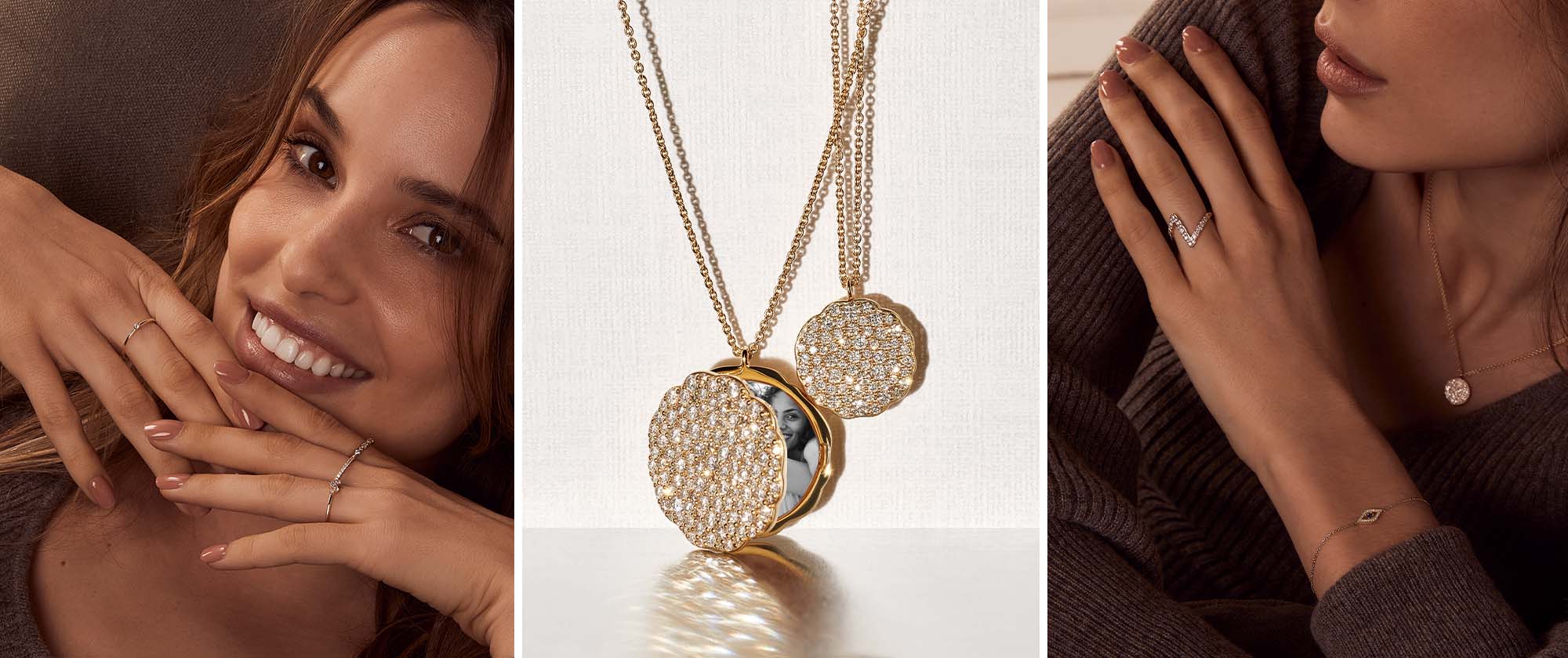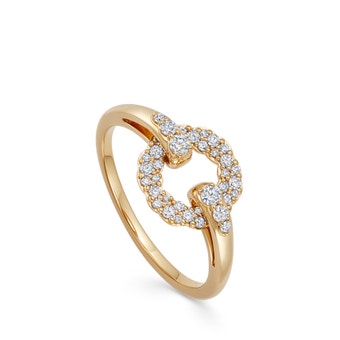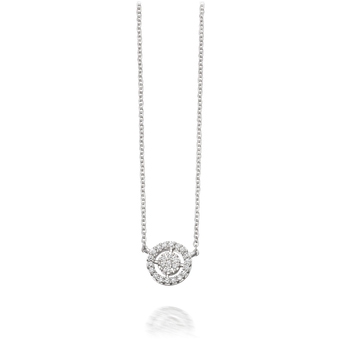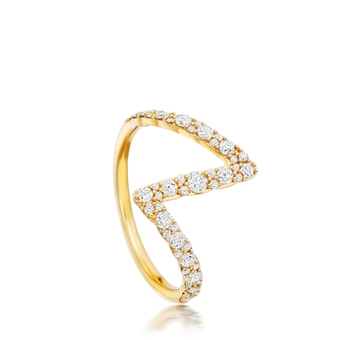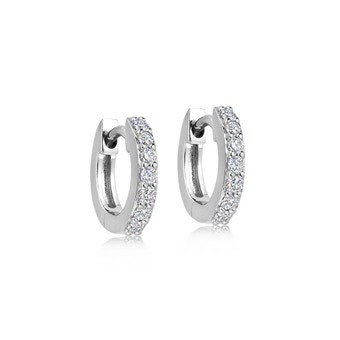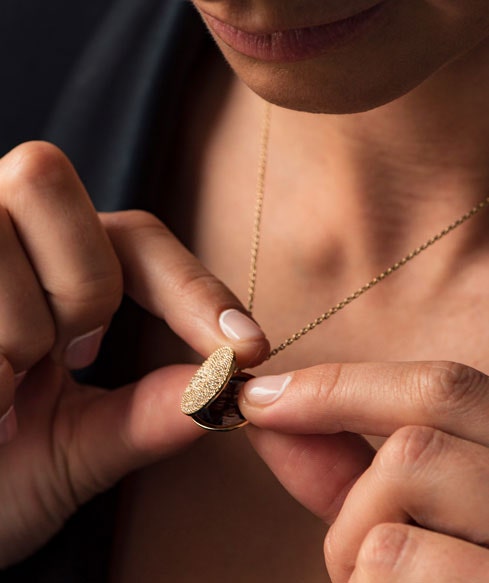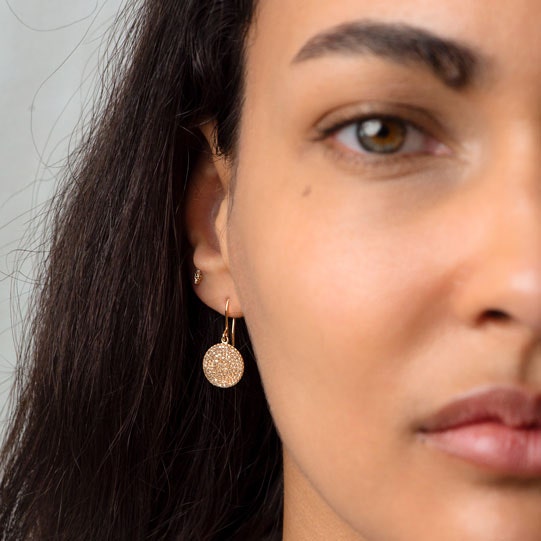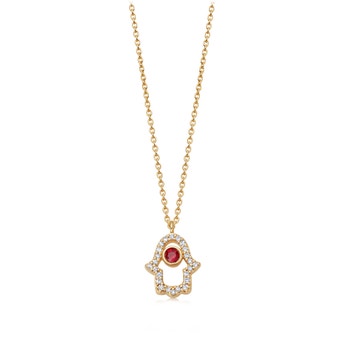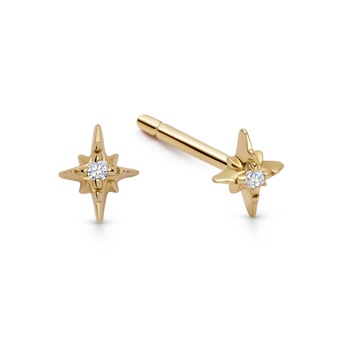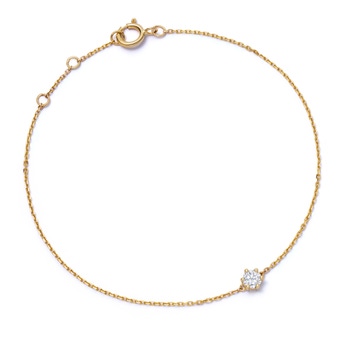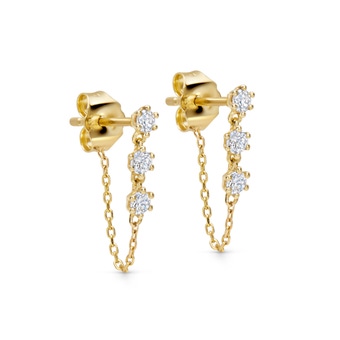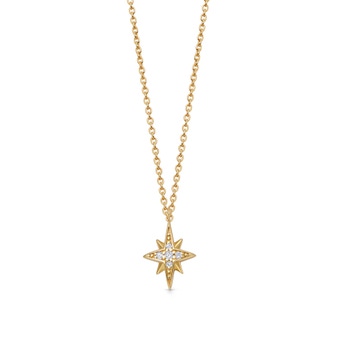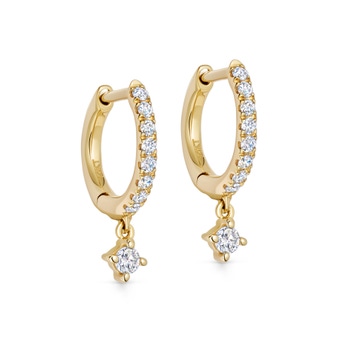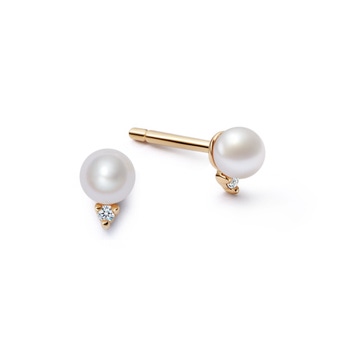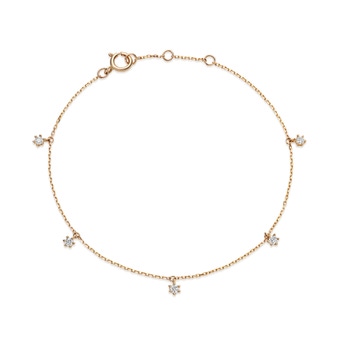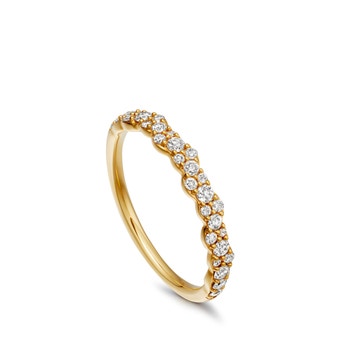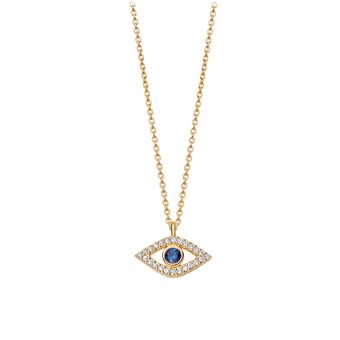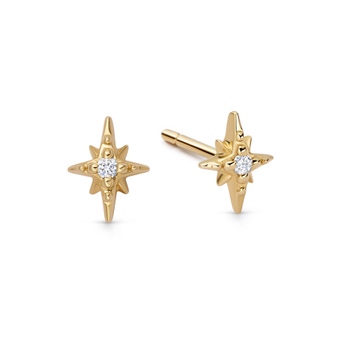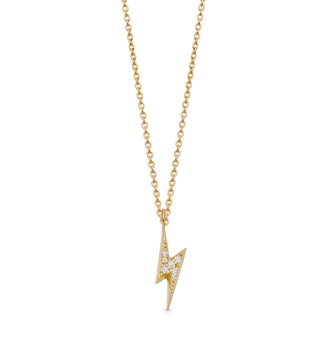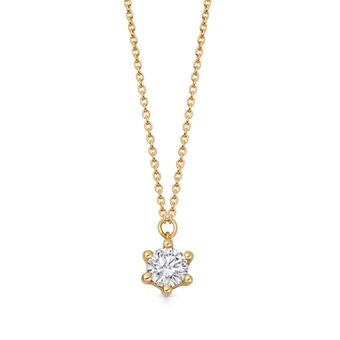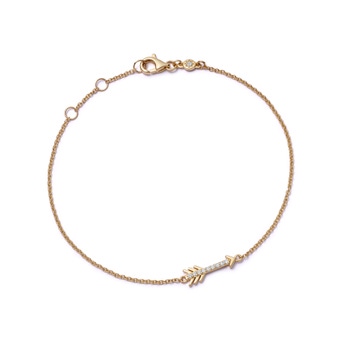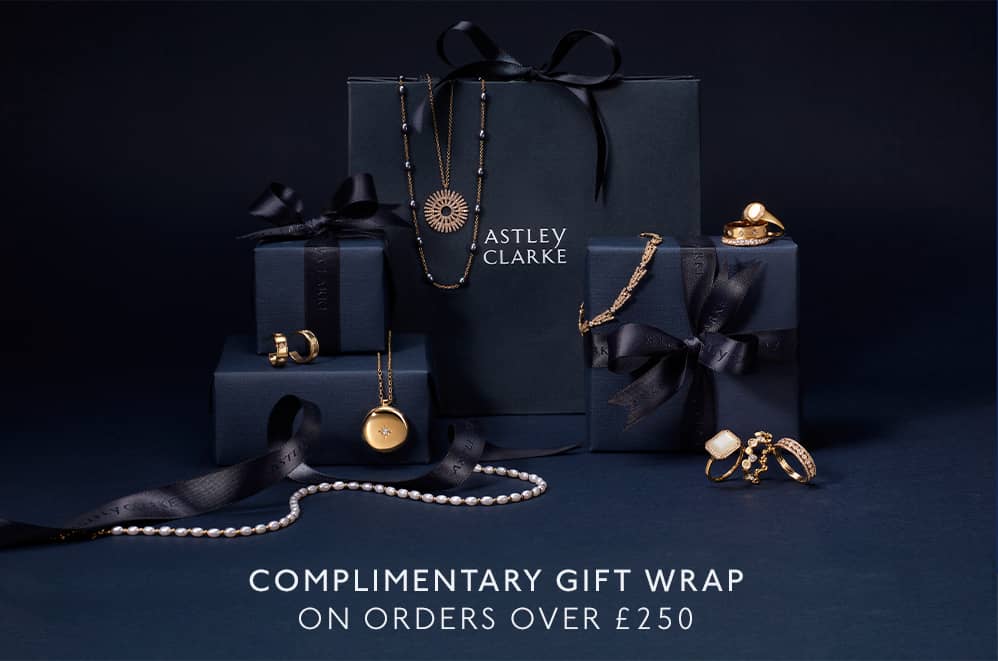BESTSELLING DIAMONDS
-
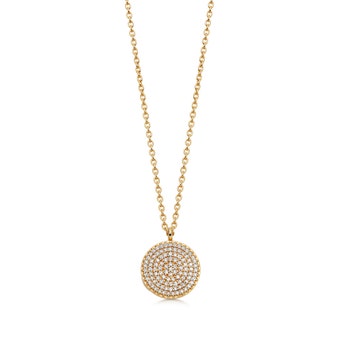 Solid Gold Icon Locket Natural Diamond Locket NecklaceAs low as £1,850.00
Solid Gold Icon Locket Natural Diamond Locket NecklaceAs low as £1,850.00 -
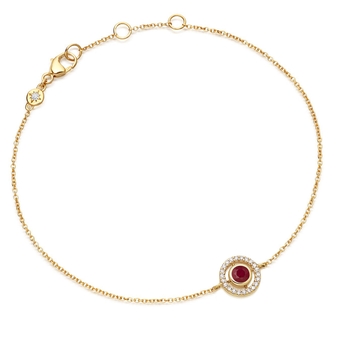
-
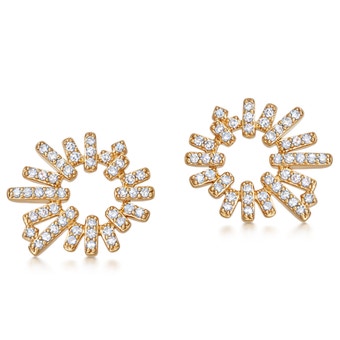
LOVE, STRENGTH & TRUTH
By combining refined design with a truly pioneering pave technique we have reinvented the concept of diamond jewellery to create pieces that can be worn and loved every single day.
DIAMOND: A BRIEF HISTORY
India was the earliest source of diamonds, possibly being mined there as early as 800BC, with world production shifting to Brazil after the Spanish Conquest. Synthetic diamonds have been produced commercially since 1960. Through technology we have been able to approximate the age of the Cullinan, one of the world's biggest diamonds, at between 1.6 to 1.7 billion years old.
THE KIMBERLEY PROCESS
At Astley Clarke we are committed to sourcing our diamonds in the most ethical and environmentally responsible manner and we adhere to the Kimberley Process to do so.
The Kimberley Process is a system put in place to regulate the trade in rough diamonds. It aims to prevent the flow of conflict diamonds; ensuring that the journey from mine, to supplier, to designer is conflict free.
We require that our suppliers and designers work within the strict rules of the Kimberley Process, and believe wholly in offering our customers conflict-free diamonds only.
THE 4 CS
The classification and value of a diamond is determined by four factors - the 4 Cs; Colour, Clarity, Cut and Carat. It is not possible to accurately value a stone based on any of these factors in isolation.


CARAT
Carat for Diamonds (and indeed all other gemstones) is a measure of the weight of the stone - unlike with gold, where the term refers to its purity.
The weight of an average carob seed is 200 milligrams. The weight of one carat is precisely 200 milligrams, or 0.2 grams. Smaller diamonds, generally those under one carat, are also referred to in points, whereby 100 points make up one carat. Therefore a half carat stone can also be described as 0.50 points, and a 3/4 carat stone has 0.75 points.


CLARITY
The clarity of a diamond is dependent upon the included particles, cracks etc. within the stone. Most diamonds contain minute imperfections that occur when they are formed by nature.
When the presence of these imperfections does not materially interfere with the passage of light through the stone, they do not affect its beauty and therefore have little effect on its value. For this reason, it is not only the size and quantity of any marks within a stone but also the positioning of any imperfections within the stone that is important.


COLOUR
Colour in this context does not refer to a diamond of specific colour (these are treated separately and known as 'fancy coloured diamonds'), but to diamonds which are white with a faint tinge of yellow or brown.
The hint of colour is often so slight that only trained eyes are able to detect it, and it definitely does not detract from the beauty of the stone. Pure, colourless stones are incredibly rare meaning that the value of a stone will usually increase or decrease according to how much 'colour' is present.


CUT
The cut of a diamond, often called the make, depends upon the proper proportions of the cut stone and the accurate alignment of the facet edges. In order to reflect all of the light entering the stone from the front, a well cut diamond should have proportions as near as possible to a predetermined ideal.
There are a number of different shapes of cut. Brilliant, Princess, Navette, Asscher, Emerald and Pear are some popular examples.
ASTLEY CLARKE ASSURED


